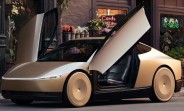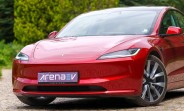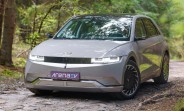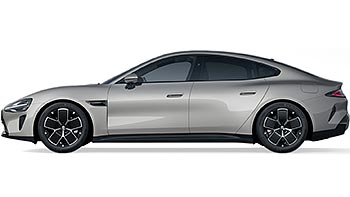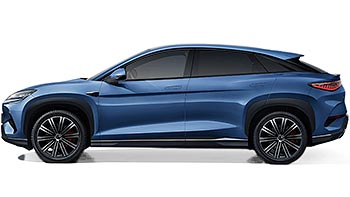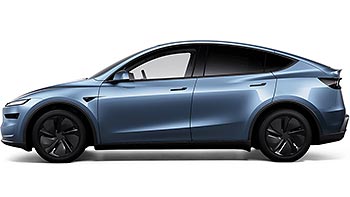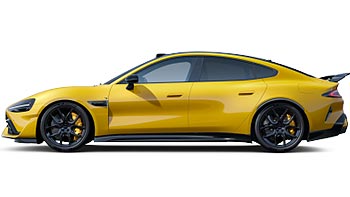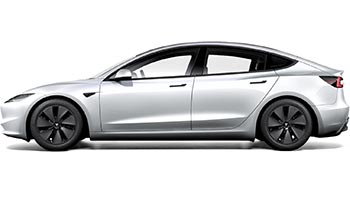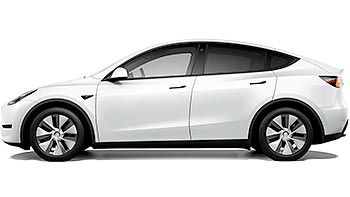Tesla's Robotaxi service is set for a cautious kick-off in Austin before wider rollout
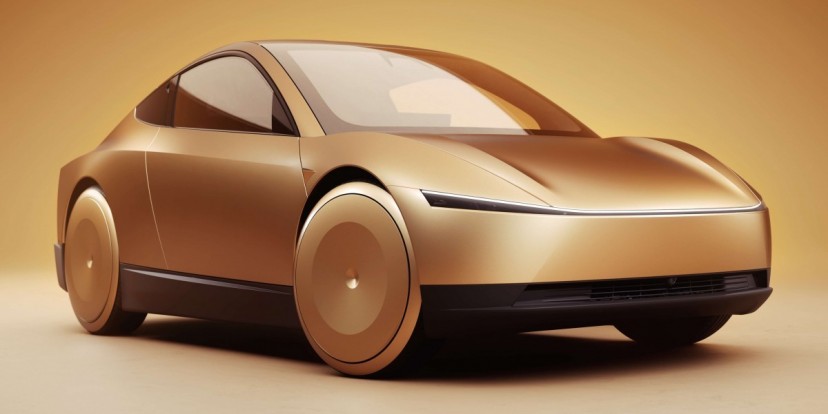
The hotly anticipated Tesla Robotaxi service is apparently about to hit the streets, with company CEO Elon Musk confirming a launch in Austin, Texas, by the end of June. However, those expecting a sudden flood of driverless electric cars, zipping around the Texas capital, might want to temper their expectations. The initial deployment will be decidedly modest, starting with a fleet of roughly 10 to 12 Tesla Model Y vehicles.
Musk explained the rationale behind this cautious approach. "I think it's prudent for us to start with a small number, confirm that things are going well, and then scale it up proportionate to how well we see it's doing right," he stated in a recent interview. This "start small, verify, then expand" strategy seems sensible for a technology as complex as driverless vehicles. Following the initial phase, Tesla wants to significantly increase the number of Robotaxis, with Musk projecting the fleet to grow to around 1,000 electric cars operating in Austin within a few months.
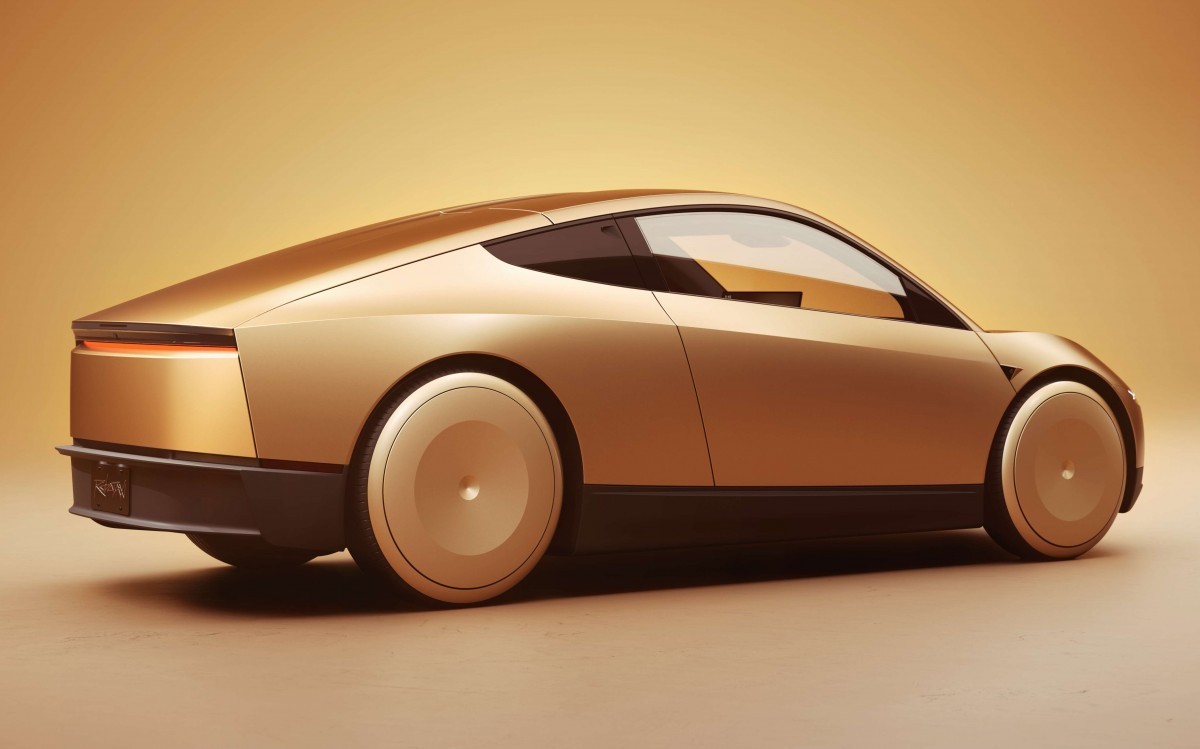
Tesla's Robotaxi ambitions don't stop at Austin's city limits. Once the service establishes a smooth operational record, the company intends to introduce these driverless EVs to other major urban centers. Musk specifically mentioned San Francisco, California, Los Angeles, and San Antonio as next on the list.
It's important to remember that even as these electric cars navigate city streets without a human driver, they won't be entirely on their own. A team of remote teleoperators will supervise the vehicles' behavior, a common practice in the current robotaxi industry employed by companies like Waymo. Access to the service in its early days will reportedly be on an invite-only basis, allowing Tesla to manage demand and gather feedback from a select group of users on public roads.
Tesla operates a fleet of test electric cars in San Antonio. These vehicles are controlled by safety drivers, and are actively gathering data for the refinement of the driverless system. According to Musk, this test fleet has achieved a milestone of recording "essentially no interventions." Apparently, safety drivers have rarely needed to take control, with the vehicles capably handling various traffic situations autonomously.
The ultimate goal is the widespread availability of Tesla's Full Self-Driving (FSD) Unsupervised system. Currently, Tesla offers FSD as a "Supervised" feature, meaning drivers must be prepared to take over at any moment. The transition to an "Unsupervised" system would signify true autonomous driving, where the vehicle assumes full responsibility for the driving task without requiring human oversight. Musk optimistically predicted that "probably by the end of next year, we'll have hundreds of thousands, if not over a million Teslas doing self-driving in the U.S." This figure refers not just to dedicated Robotaxis, but to privately owned Tesla electric cars receiving the capability through software updates.
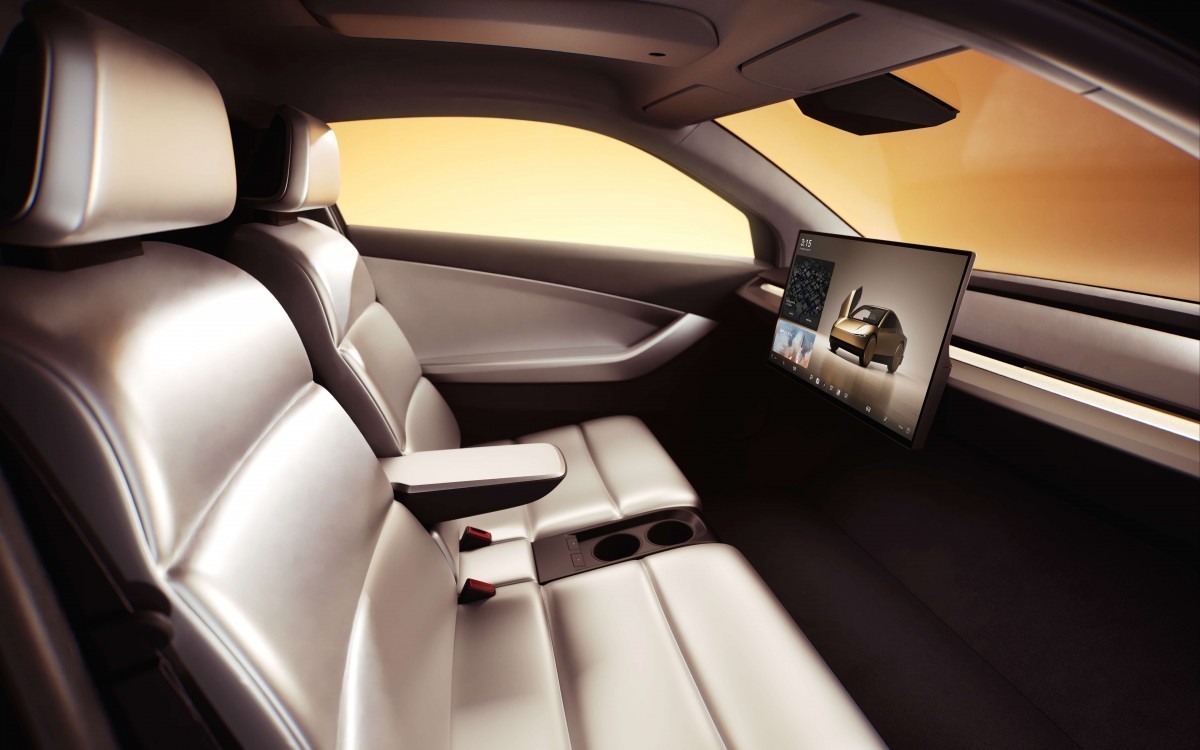
Should this vision of unsupervised self-driving become a reality for a vast number of Tesla EVs, it could revolutionize car ownership. Musk has long argued that personal vehicles spend the majority of their time parked and unused. With full autonomy, Tesla owners could potentially allow their electric cars to operate as robotaxis, ferrying passengers and generating income when not used by the owner.
The prospect might be enticing, for sure. We need to remember that Tesla, and Musk in particular, have a history of ambitious timelines for FSD that never quite materialized as intended. The journey to a million self-driving Teslas and a widely available Robotaxi network will undoubtedly be one to watch closely.
Related
Reader comments
Nothing yet. Be the first to comment.


